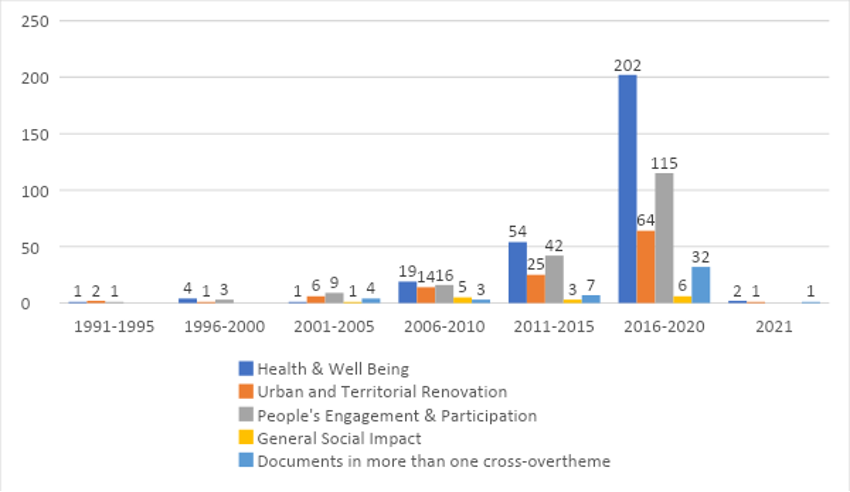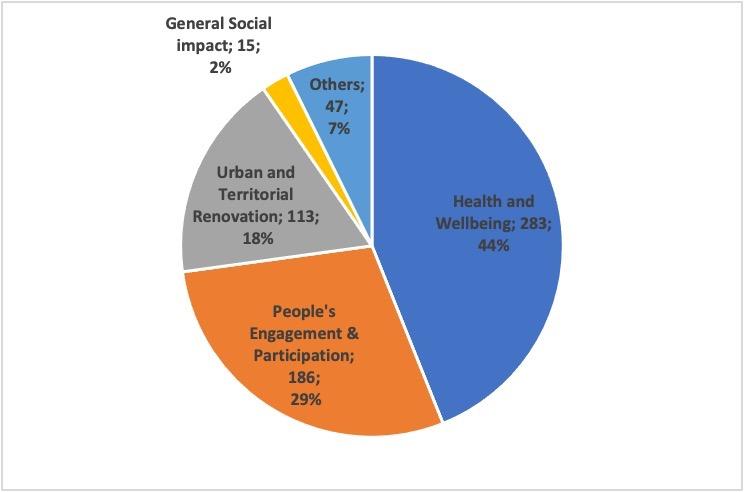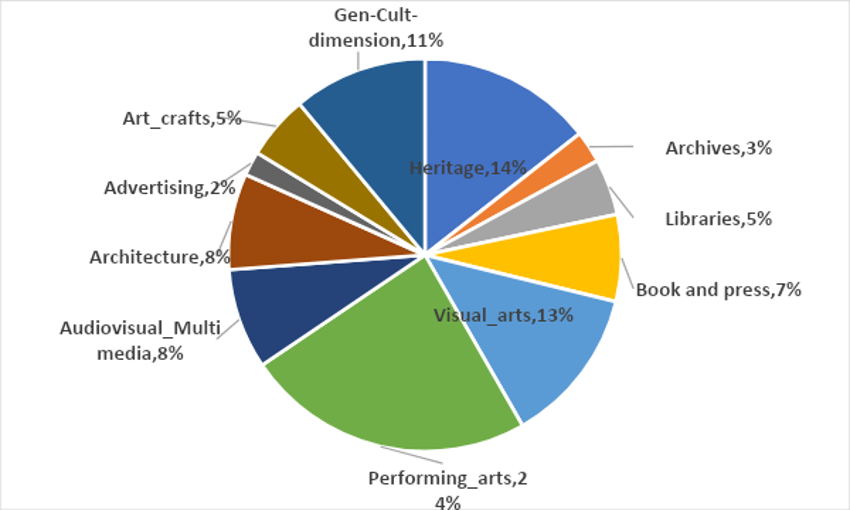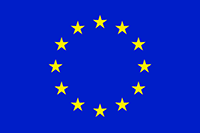

Online repository
The online repository is a database of relevant documentation reflecting the state of the art of social impacts studies in the field of cultural policy in the EU. It is the result of the collection, selection and analysis of pertinent literature covering all the three project dimensions: Health and Wellbeing, Urban and Territorial Renovation, People’s Engagement and Participation. It includes a wide array of resources, ranging from academic literature to case studies, project reports, policy briefs, etc. The online repository is instrumental for the identification of the most appropriate impact transmission variables and indicators and for analysing what have been the critical success factors in determining the final outcomes of the selected transition pathway.
The online repository aims to achieve the following ambitions:
-
Providing a comprehensive state of the art of the literature produced on the topic of social impacts of cultural policies
-
Contributing to further the knowledge on the topic of social impacts of cultural policies
-
Offering open access to a relevant and extensive collection of documents on the subject
-
Complementing with a free repository of knowledge the tools developed within the MESOC project (e.g. MESOC Toolkit, Serapeum) constituting one of the permanent legacies of the project after the end of the granted period.
The approach for conducting the collection and analysis of literature to be included in the online repository followed a 4-step process. The distinct phases to build the online document repository are illustrated in the table below.
Table 1: The four-step process of the literature repository.
|
PLANNING |
Purpose: To answer the research question (What do we know about social impacts of cultural policy?) |
|
Protocol: Framework defined by the DoA: 10 cultural domains identified by the EUROSTAT ESSnet-Culture report + 3 crossover themes of the European Agenda for Culture |
|
|
SELECTION |
Practical screen: To define selection criteria (e.g. type of documents, language, etc.) |
|
Search for literature: Mixed approach: Protocol driven via databases (e.g. WoS, Scopus) + Snowballing (references and citation tracking) + Research team knowledge (Greenhalgh and Peacock, 2005: e.g. known to team, sources from within personal network) |
|
|
EXTRACTION |
Quality criteria: Identification of relevant literature on “social impacts of cultural policy” through selection of inclusion/exclusion criteria. |
|
Appraisal: Internal appraisal among research partners |
|
|
EXECUTION |
Classification: Classify the literature according to most relevant key variables: crossover theme; cultural sector; year of publication… |
|
Writing of document sheets |
The latest analysis available of the repository database (Deliverable 4.2 - November 2021) highlights several interesting data. First, analysing the evolution of the publication of scientific documents through the years by cross-over theme, an increase in the production of documents on the topic of social impacts of culture is occurring in recent years. In particular, from 2011 onwards, it may be highlighted an increase in the number of scientific publications on the topics of Health and Well Being and People's Engagement and participation (Figure 1).

Figure 1: Documents per year and cross-over theme (November 2011)
Another important variable to analyse is the distribution of the three cross-over themes of the MESOC project (Health and WellBeing, People’s Engagement and Participation, Urban and Territorial Renovation) in the selected literature. As highlighted in Figure 2, the literature on Health and Wellbeing seems to be prevailing (44%), followed by documents on the topic of People’s Engagement and Participation (29%) and Urban and Territorial Renovation (18%).

Figure 2: Documents per cross-over theme (November 2021).
In terms of the analysis of documents by cultural sectors, Figure 3 represents the percentage distribution of the 10 cultural domains identified by the ESSnet-Culture report from Eurostat. The most represented cultural sector in the sample is performing arts (24%), followed by heritage (14%), visual arts (13%), audiovisual and multimedia, and architecture (8%) respectively, while documents generally covering the cultural sector represents 11% of the total. In this graph, the hypothesis that there are cultural sectors that have been little studied by academics seems to be confirmed: cultural sectors such as advertising and archives represent only 2% and 3% of total collected documents (Figure 3).

Figure 3: Documents per cultural sector (November 2021)

